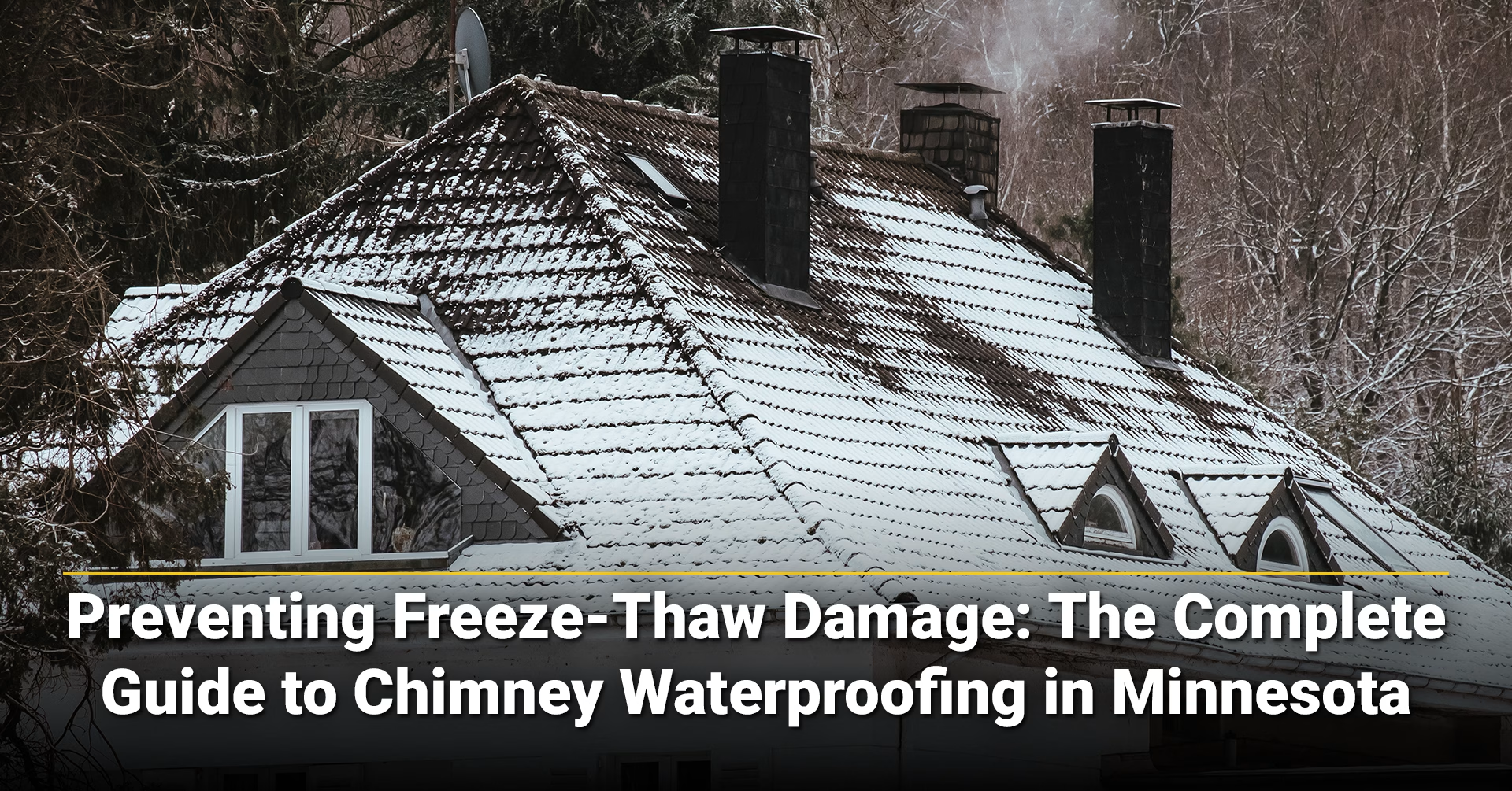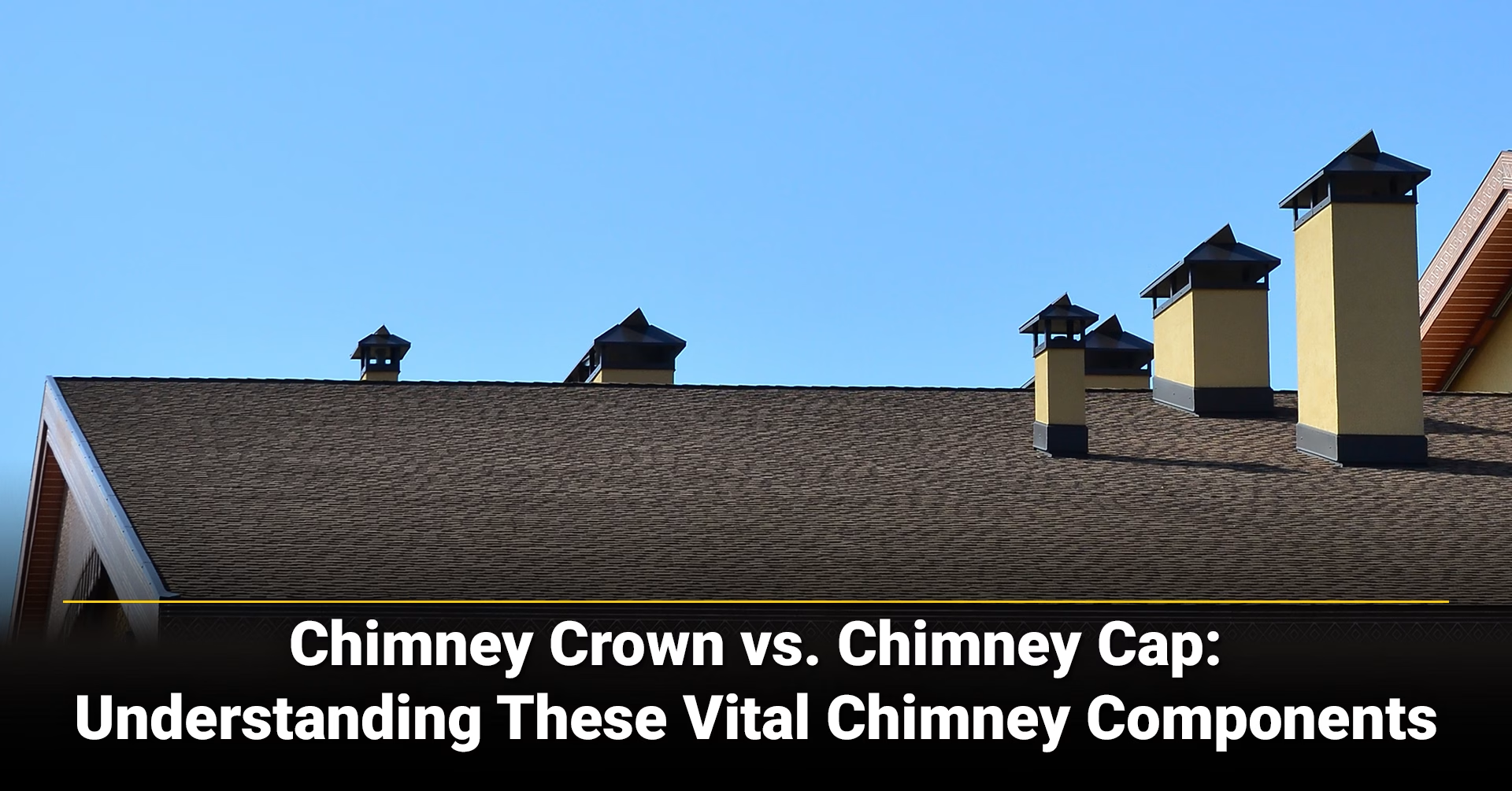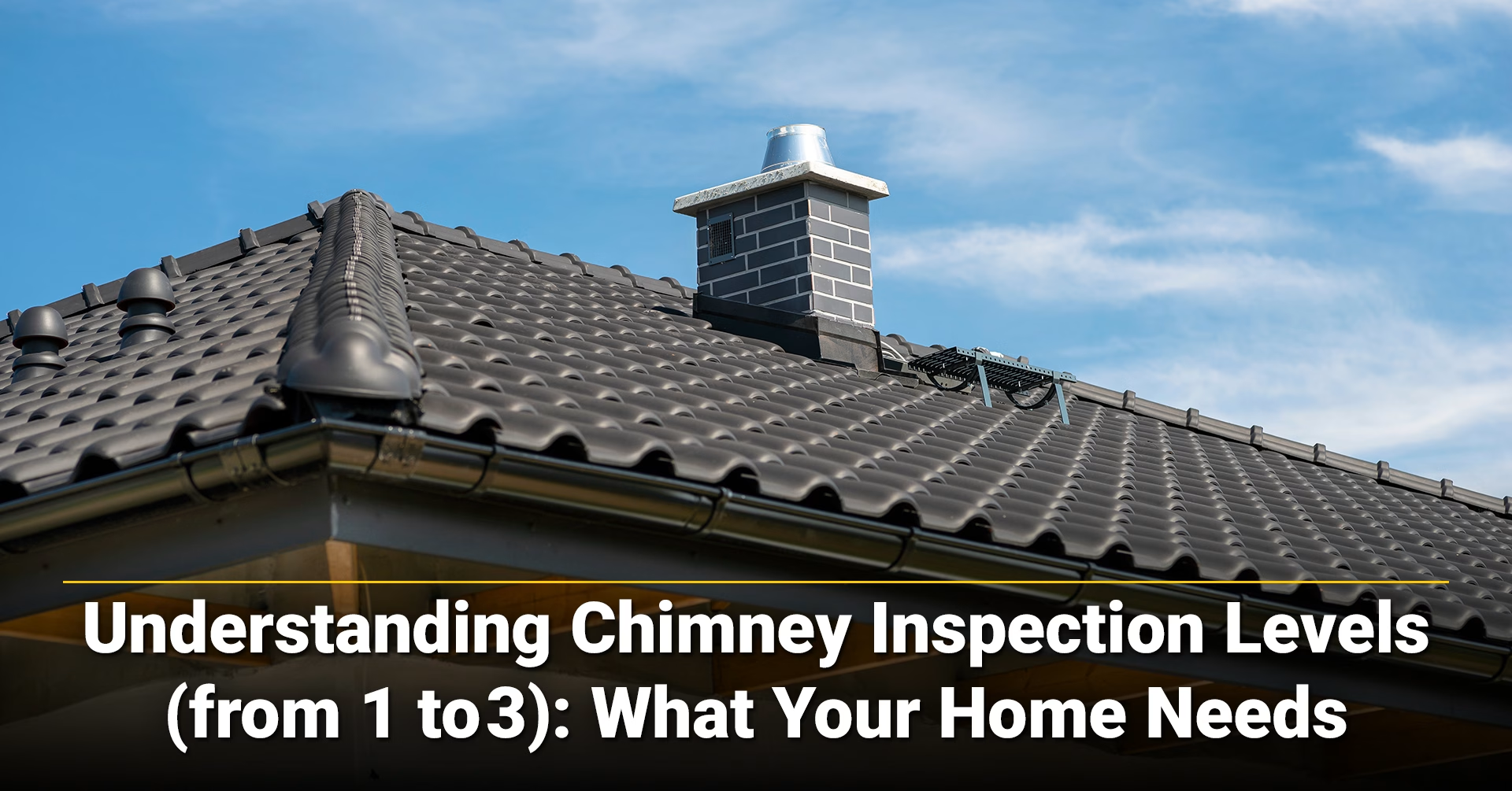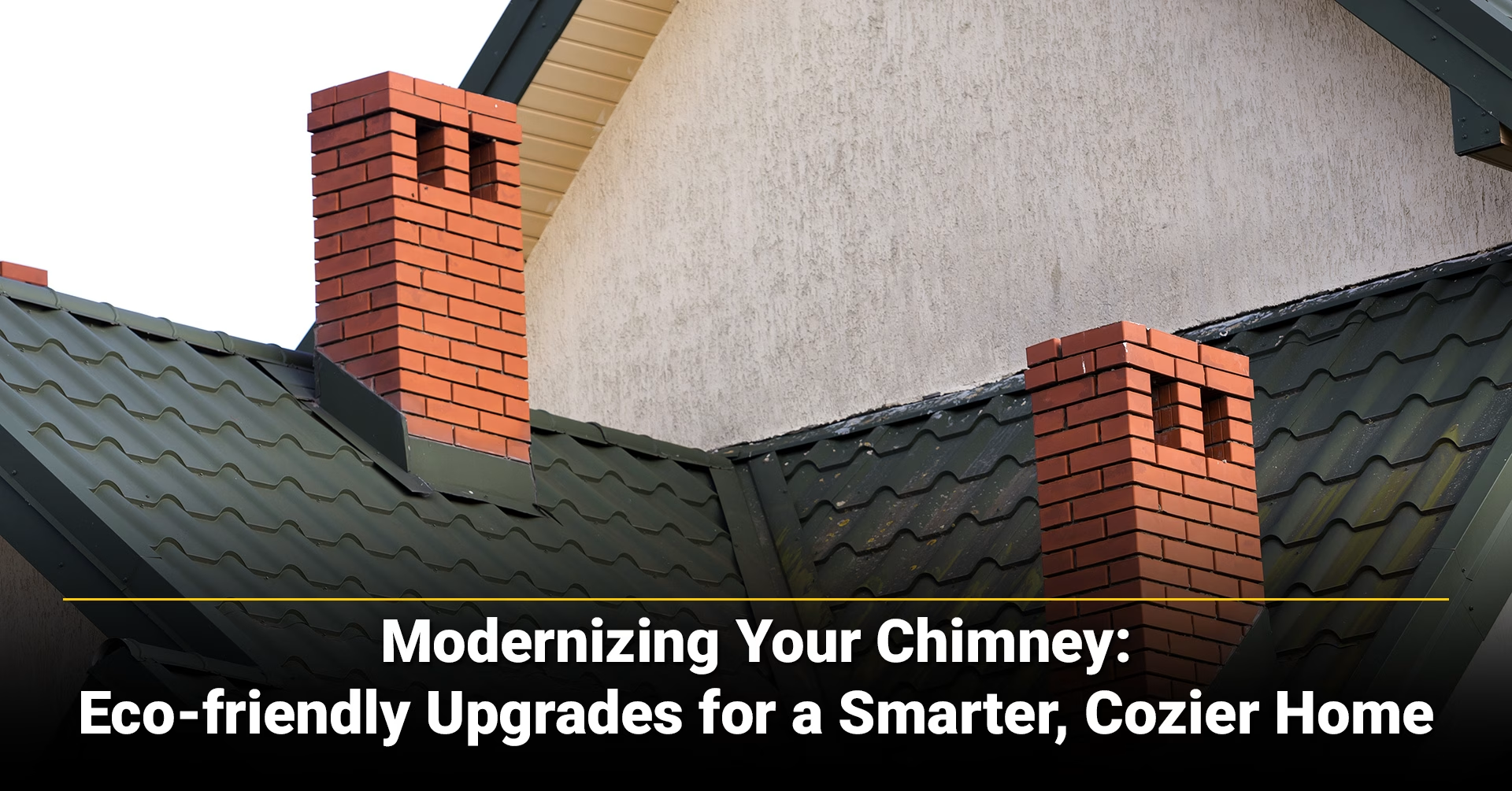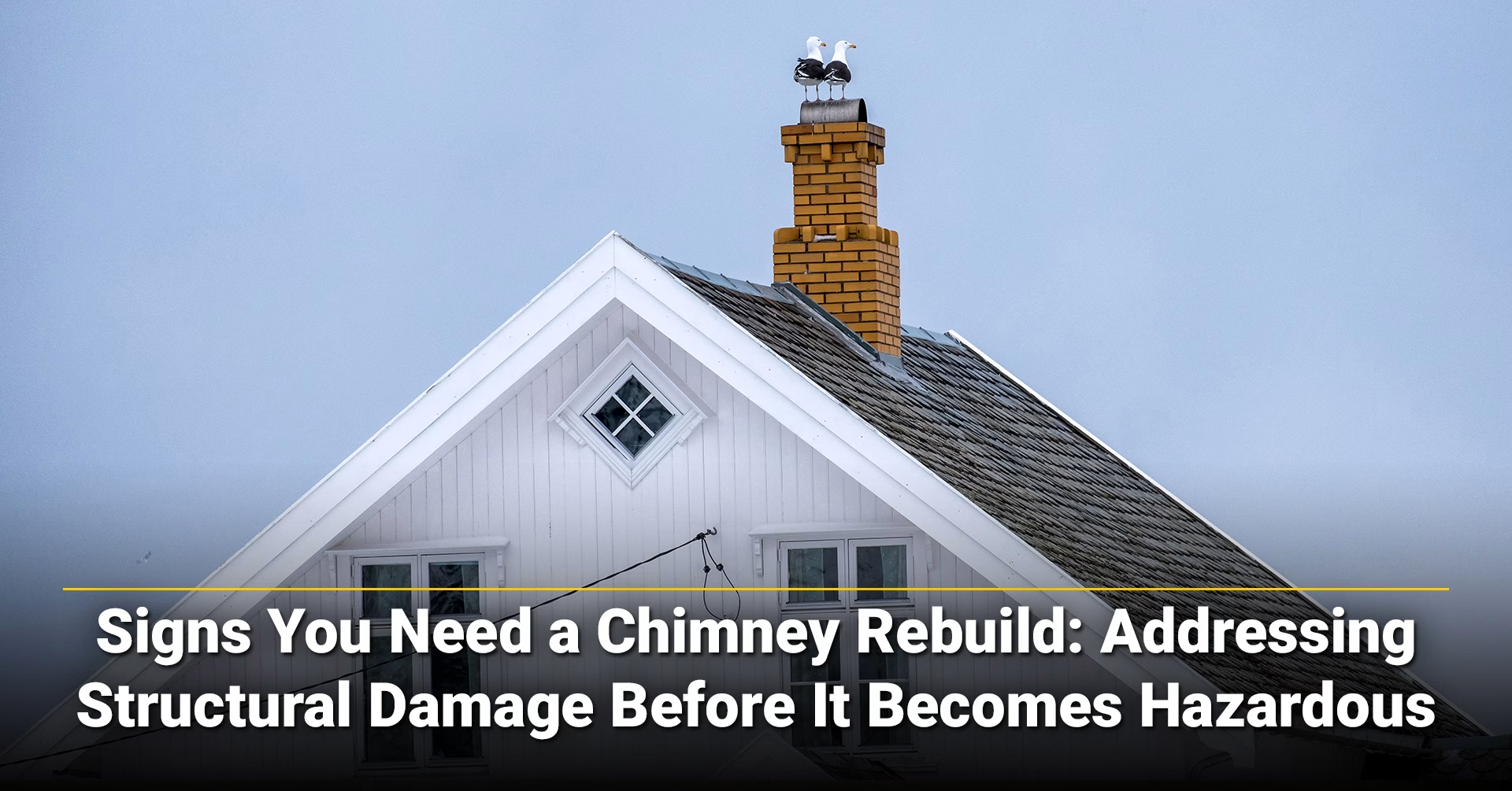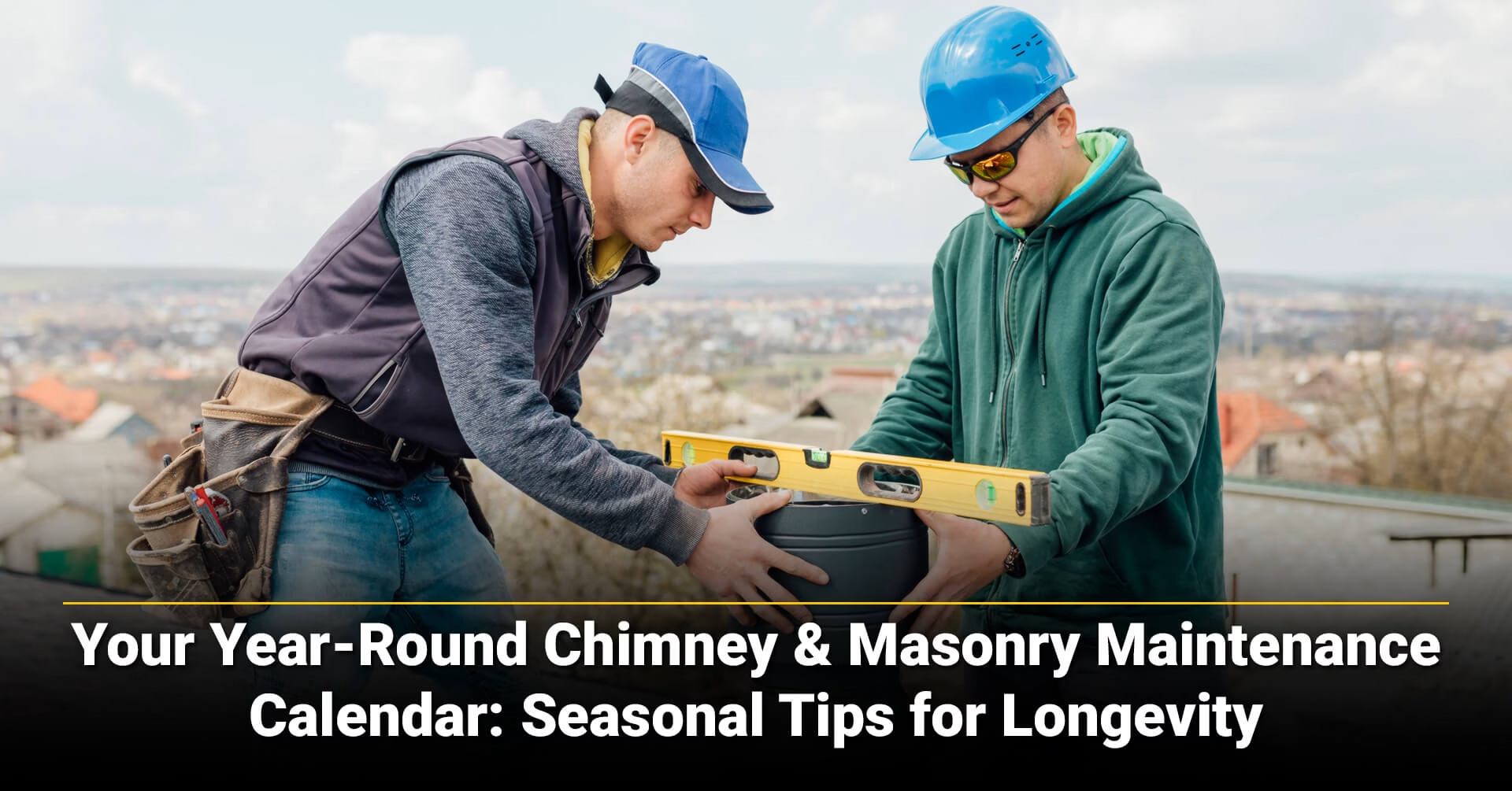Homeowners often delay chimney and masonry repairs since these are not parts of the home others will notice or comment on. This overlooks a crucial truth: delaying repairs can be a costly gamble where the house always loses (and not in a good way). Minor issues rapidly escalate, leading to significantly higher expenses, compromised home safety, diminished property value, and even denied insurance claims.
This article details how small problems can gradually expand into major financial burdens if left untreated, homeowners’ insurance coverage, and provides actionable advice on identifying early warning signs. Understanding these consequences are essential for homeowners to protect their investment and ensure long-term financial prudence.
The mindset to save money now directly contributes to future cost escalation. The true cost of delay extends beyond monetary figures; it includes the stress of avoidable crises and threats to home safety. This analysis aims to reframe early action as a strategic investment in property longevity and financial security.
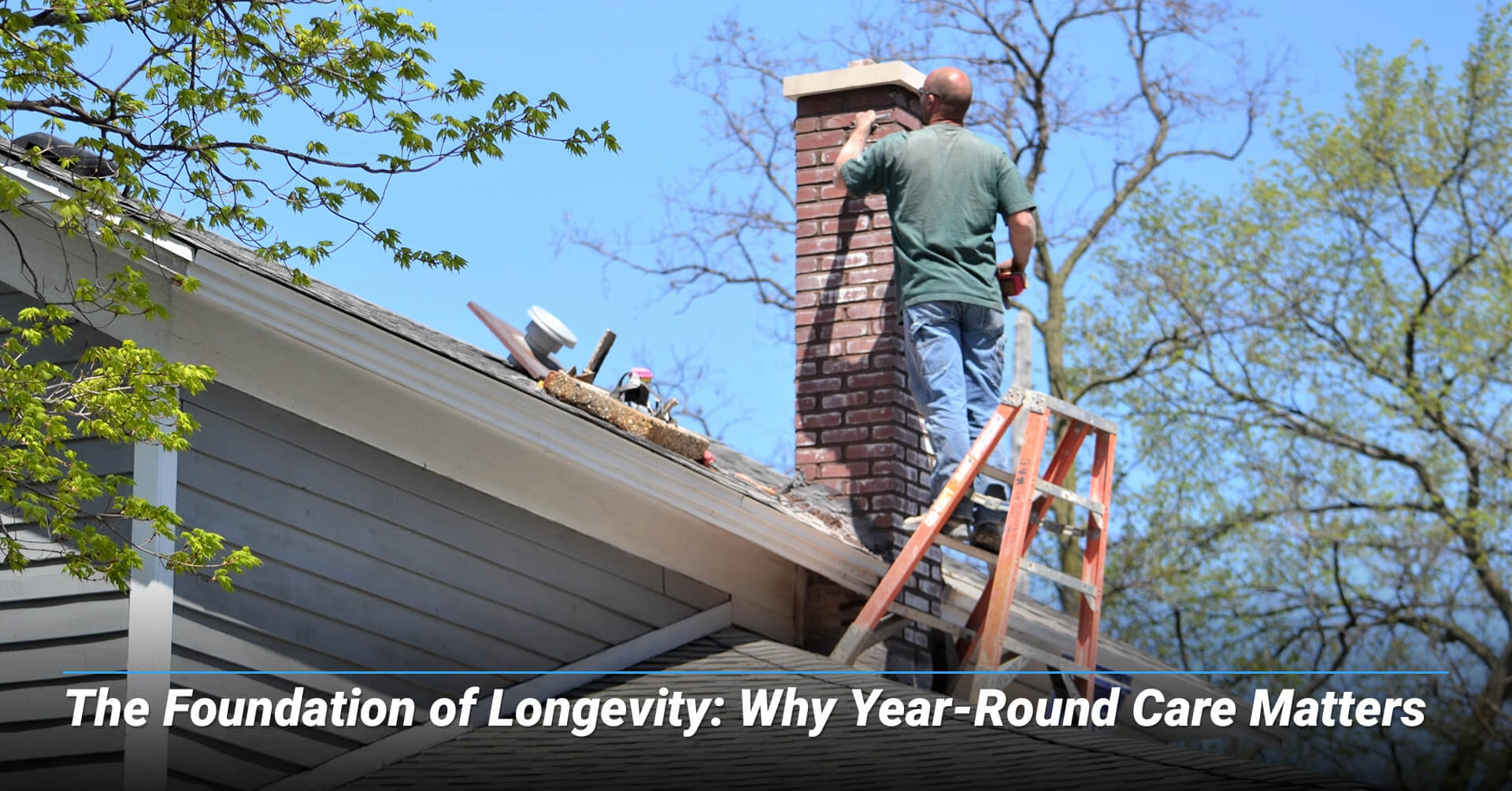
1. The Foundation of Longevity: Why Year-Round Care Matters
The National Fire Protection Association (NFPA) recommends annual chimney inspections for all chimneys, fireplaces, and vents, no matter the yearly usage. An annual check-up is the safety cornerstone for protection as it can identify potential issues from creosote buildup to loose bricks before they become serious. Even if you rarely light a fire, your chimney is constantly exposed to weather conditions, animals, and debris, all of which can create safety hazards.
Consistent maintenance throughout the year has immense benefits. It prevents chimney fires, improves airflow, and maintains the efficiency of your fireplace or heating appliance. Addressing small problems early can be more cost-effective as the issues are fixed before they can escalate. Professional-quality repairs, when needed, can last 20-50 years or more, but their longevity is significantly extended by regular annual inspections and prompt attention to minor issues. This year-round vigilance is key to protecting your home and avoiding unforeseen, costly emergencies.
A. Spring Maintenance: Post-Winter Recovery & Assessment
Spring is the ideal time to address any wear and tear stemming from the winter to ensure it is ready to handle the transition of warmer months. Conditions allow for safe and efficient work while avoiding foul odors, and scheduling repairs now ensures your chimney is in peak condition well before the next heating season.
The first step in spring maintenance needs to be having a professional inspection and cleaning. It’ll remove any creosote buildup from winter use and provide a general understanding of current condition and what needs to be repaired. Addressing these small issues now can prevent them from compounding into major, expensive problems later.
Spring Chimney & Masonry Checklist
| Task | Description | Why It’s Important |
|---|---|---|
| Professional Inspection & Cleaning | Schedule your annual professional chimney inspection and cleaning. | Removes creosote, debris, animal nests; identifies winter damage; prevents foul odors. |
| Check Chimney Cap | Inspect for damage, rust, or blockages. | Prevents water, debris, and animals from entering the flue. |
| Assess Chimney Crown | Look for cracks or deterioration on the concrete slab at the top. | Prevents water from seeping into the chimney structure. |
| Examine Mortar Joints & Bricks | Check for crumbling mortar, loose bricks, or spalling (flaking). | Maintains structural integrity and prevents water penetration. |
| Inspect Flashing | Ensure the metal seal where the chimney meets the roof is watertight. | Prevents roof leaks and water damage to your home’s interior. |
| Clear Debris | Remove any leaves, branches, or other debris from around the chimney base and roof. | Prevents blockages and moisture retention. |
B. Summer Maintenance: Preventing Water Damage & Preparing for Fall
Summer is the most ideal time of year for taking preventative measures against water damage. With less rain and warmer temperatures, it provides ample time to apply sealants and ensure all water-related components are functioning optimally.
Focus on waterproofing your chimney’s exterior by applying a breathable masonry water repellent every 5-10 years to protect against moisture intrusion. It’s crucial to use breathable repellents that don’t trap moisture inside, as this can lead to accelerated freeze-thaw damage. Ensure your chimney cap is properly sized and has screening to prevent rain and animals from entering or these can lead to other issues. Maintain proper drainage around your home’s foundation to divert water away from the chimney base. Addressing any signs of water intrusion immediately during the summer can save you from costly repairs when the colder, wetter seasons arrive.
Summer Chimney & Masonry Preventative Measures
| Task | Description | Why It’s Important |
|---|---|---|
| Waterproofing Application | Apply breathable masonry water repellent to the chimney exterior. | Protects against moisture, freeze-thaw damage, and efflorescence. |
| Flashing Integrity Check | Confirm flashing is secure and watertight; repair any gaps or rust. | Prevents water leaks into the attic and home. |
| Chimney Cap Verification | Ensure the cap is intact, securely fastened, and free of damage. | Blocks rain, snow, debris, and animal entry. |
| Drainage Assessment | Check gutters, downspouts, and landscaping around the chimney. | Directs water away from the foundation and masonry. |
| Odor Control | If any odors persist from winter. | Prevents unpleasant smells. |
| creosote, address them with professional cleaning. | from permeating your home in humid weather. |
C. Fall Maintenance: Pre-Heating Season Prep & Safety
With the temperature dropping that means it’s time for your fireplace to be the star of the show. Fall is the dress rehearsal as it serves as the last chance to prepare the chimney for heavy use.
If you haven’t already, schedule the annual professional inspection and cleaning. This is especially important for wood-burning fireplaces, as creosote buildup is a significant fire hazard. Professional cleaning should be performed whenever creosote buildup reaches a thickness of 1/8 inch or when blockages are detected. Ensure your damper is functioning correctly, opening fully to allow smoke to escape and closing tightly to prevent heat loss when not in use. For gas-burning devices and oil furnaces, annual inspections are still recommended to check for blockages or structural deterioration. Burning only dry, seasoned wood is crucial for minimizing creosote buildup and ensuring efficient combustion.
Fall Chimney & Masonry Readiness Checklist
| Task | Description | Why It’s Important |
|---|---|---|
| Final Professional Inspection & Cleaning | Essential before heavy use,especially for wood-burning systems. | Removes creosote, prevents chimney fires, ensures proper draft. |
| Creosote Assessment | Confirm creosote is removed, particularly if 1/8 inch thick or more. | Mitigates the risk of highly flammable creosote fires. |
| Damper FunctionalityCheck Firebox Inspection | Ensure the damper opens and closes smoothly and completely. Look for cracks, loose bricks, or signs of deterioration. | Controls airflow, prevents heat loss, and keeps out cold air. Ensures safe containment of fires. |
| Fuel Preparation | Stock up on dry, seasoned wood (if applicable). | Promotes efficient burning and minimizes creosote formation. |
| Carbon Monoxide Detector Check | Test and ensure CO detectors are functioning properly. | Provides crucial warning for dangerous gas leaks. |
D. Winter Maintenance: Safe Use & Vigilance
During the winter months, maintenance shifts from major repairs to vigilant monitoring and safe operating practices as the chimney and fireplace are keeping the house warm.
Always use dry, seasoned wood in your fireplace to promote efficient burning and minimize creosote buildup. Avoid burning trash, cardboard, or treated wood, as these can create excessive creosote and dangerous fumes. Ensure adequate airflow by opening the damper fully before lighting a fire and maintaining proper air supply during burning. Regularly check for any unusual odors or smoke entering your home, which could indicate a blockage or a damaged flue liner. Visually inspect the exterior of your chimney after severe winter storms for any new cracks, loose bricks, or damage to the cap or flashing. If you notice any issues, stop using this immediately and contact a professional to come inspect.
Winter Chimney & Masonry Safety Tips
| Task | Description | Why It’s Important |
|---|---|---|
| Use Proper Fuel | Burn only dry, seasoned wood; avoid trash or treated wood. | Minimizes creosote buildup and ensures efficient, safe burning. |
| Ensure Adequate Airflow | Open damper fully before lighting; maintain proper air supply. | Prevents smoke from entering the home and reduces creosote. |
| Monitor for Odors/Smoke | Be alert for unusual smells or smoke entering living spaces. | Indicates potential blockages, damaged liners, or draft issues. |
| Listen for Animals | Pay attention to scratching or chirping sounds from the chimney. | Signals animal intrusion, which can cause dangerous blockages. |
| Post-Storm Visual Check | Inspect exterior for new cracks, loose bricks, or cap/flashing damage. | Identifies immediate issues caused by harsh winter weather. |
| Never Use Damaged Chimney | If issues are suspected, stop using the fireplace immediately. | Prevents fire hazards, carbon monoxide leaks, and further damage. |
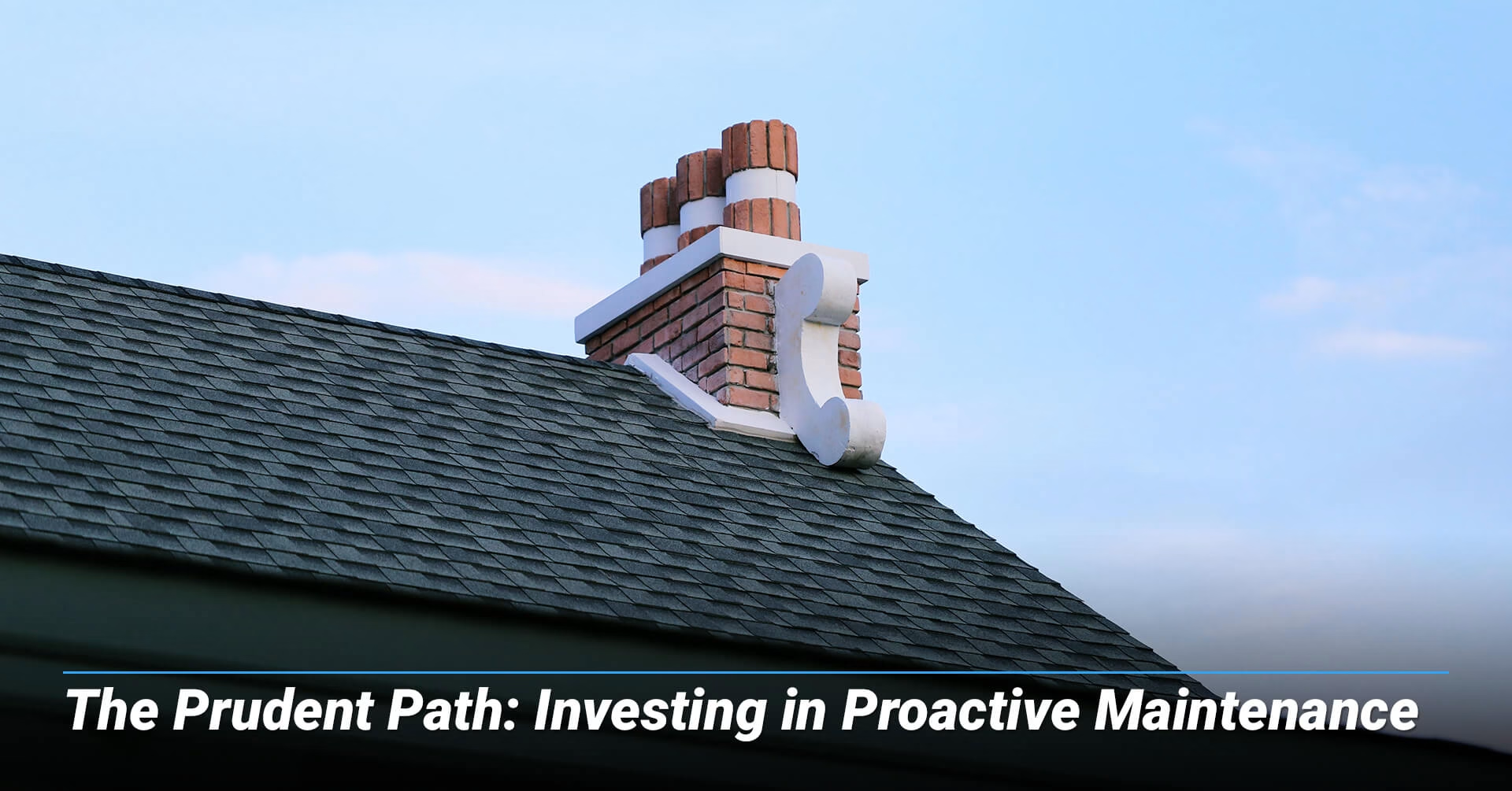
2. The Prudent Path: Investing in Proactive Maintenance
The most financially prudent approach to chimney and masonry care is proactive maintenance. It’s an investment that safeguards your home’s value, ensures your family’s safety, and prevents unforeseen, exorbitant costs down the line. Annual checks help identify minor issues like small cracks, early signs of water intrusion, or creosote buildup before they escalate into costly, extensive repairs. When an issue is identified, no matter how small, address it without delay. Small problems can grow quickly if ignored, leading to more expensive interventions and potentially compromising your insurance coverage. Consider preventative measures such as investing in a properly sized chimney cap with screening, ensuring your chimney flashing creates a watertight seal with your roof, and applying breathable masonry water repellent every 5-10 years to protect against moisture. Although having upfront costs, they are significantly less expensive than the major repairs they prevent. They are the foundation of long-term chimney health and financial peace of mind.
Benefits of Year-Round Chimney & Masonry Care
| Benefit Category | Description |
|---|---|
| Enhanced Safety | Significantly reduces risk of chimney fires, carbon monoxide leaks, and structural collapses. |
| Improved Efficiency | Ensures proper draft, leading to more efficient burning and lower energy bills. |
| Extended Longevity | Professional-quality repairs and proactive care can extend chimney lifespan by decades. |
| Long-Term Cost Savings | Prevents minor issues from escalating into major, expensive repairs or rebuilds. |
| Preserved Home Value | A well-maintained chimney is a significant asset, enhancing curb appeal and resale value. |
| Insurance Coverage Protection | Demonstrates due diligence, helping ensure valid claims for covered perils. |
| Peace of Mind | Knowing your chimney is safe and well-maintained provides comfort and security. |
Conclusion: Your Next Step Towards a Safer, More Secure Home
The hidden costs of delaying chimney and masonry repairs are real, substantial, and oftentimes far more impactful than the initial repair estimate. Whether it’s escalating repair bills and reduced home value to the more serious health hazards and the devastating risk of fire, procrastination can turn a manageable issue into a financial and personal catastrophe.
By adopting a year-round maintenance calendar, it empowers you to make confident, financially prudent decisions. Remember that professional chimney and masonry services are not merely an expense; they are an essential investment in the safety, structural integrity, and long-term value of your home. Neglecting these vital components can lead to far more expensive and dangerous problems down the road, often at the worst possible time.
If you’ve noticed any warning signs – from crumbling mortar and visible cracks to water stains or unusual odors – don’t delay. The sooner a qualified professional assesses the situation, the more likely you are to resolve the issue cost-effectively and prevent further damage.
Ready to ensure your chimney and masonry are in peak condition year-round? Contact us today for a comprehensive inspection or to schedule your seasonal maintenance. Our experts are here to provide you with a detailed plan, ensuring your peace of mind and the safety of your home.
Frequently Asked Questions About Chimney & Masonry Repair
Here are answers to some of the most common questions homeowners ask about chimney and masonry care:
1. How often should I have my chimney inspected and cleaned?
he National Fire Protection Association (NFPA) recommends annual chimney inspections for all chimneys, fireplaces, and vents, regardless of how frequently they are used. Even if you rarely use it, weather conditions, animals, and debris can create safety hazards. Professional cleaning is advised whenever creosote buildup reaches 1/8 inch thickness or when blockages are detected during an inspection.
2. What's the best time of year to schedule chimney repair or cleaning?
Spring to early summer is generally considered the best time for chimney repair and cleaning. This season offers milder and more predictable weather, allowing for safe and efficient work. Scheduling during these seasons ensures your chimney is in peak condition before the heavy usage period in winter, and you can often get the job done without waiting weeks for an appointment during the busy fall/winter months. It can also help to prevent foul odors that can occur when hot, humid summer air reacts with creosote in a dirty chimney.
3. Can I use my fireplace while my chimney is being repaired?
No.
4. Does homeowners insurance cover chimney damage?
Homeowners insurance policies typically cover chimney damage when it’s caused by a sudden and unexpected event, such as a lightning strike, and a fallen tree due to a natural disaster or extreme weather. However, damage resulting from a lack of maintenance, wear and tear, old age, or preventable issues are generally not covered. This includes leaks due to structural damage or general wear, or a long-leaning chimney that collapses if it was not addressed. It’s critical to maintain your chimney adequately to ensure valid claims for covered perils.
5. How do I find a reputable chimney repair company?
Look for a company with real-world experience in inspecting and sweeping chimneys, and check online reviews for customer feedback. Verify that the company carries valid business liability insurance and workers’ compensation to protect your home and property; a properly insured company should be able to send you a Certificate of Insurance directly from their carrier. Ask what type of inspection report you can expect, as they often provide detailed, printed reports documenting chimney and fireplace conditions from both structural and safety viewpoints. Finally, be wary of companies that don’t provide clear reports or only offer verbal descriptions and take your business somewhere else.

